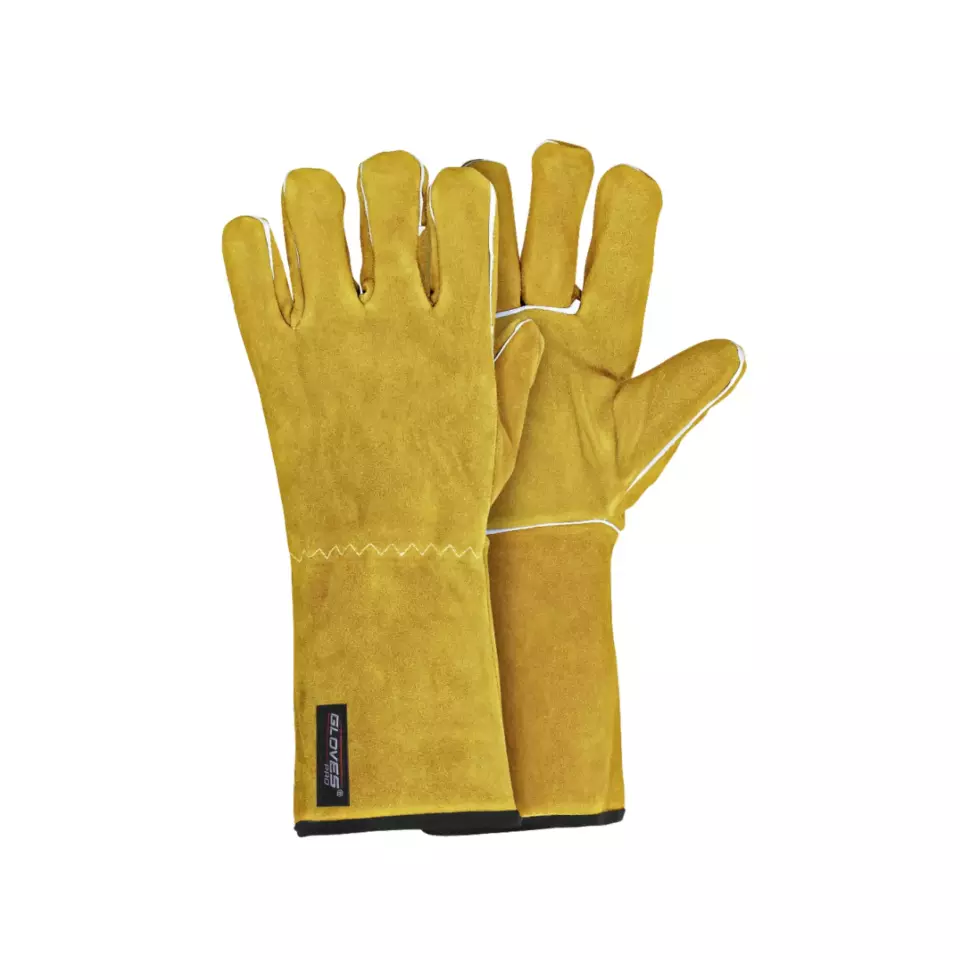
Features You'll Love

Palm Material · Split Leather
The material used on the palm side of the glove, affecting grip, durability, protection level, and comfort during use.

Grip Finish · Rough
The surface texture or coating on the palm and fingers that determines how securely the gloves can grip tools, materials, and surfaces during work tasks.

Cuff Style · Open
Determines how the glove secures around the wrist, affecting fit, protection from debris, and ease of putting gloves on and taking them off.
Gloves Pro
Cut Resistant Welding Gloves, 12 pairs
Cut Resistant Welding Gloves, 12 pairs
5 / 5
189,08 €
Price per 12 pairs
15,76 € / pair
Choose size
Free delivery
Features You'll Love

Palm Material · Split Leather
The material used on the palm side of the glove, affecting grip, durability, protection level, and comfort during use.

Grip Finish · Rough
The surface texture or coating on the palm and fingers that determines how securely the gloves can grip tools, materials, and surfaces during work tasks.

Cuff Style · Open
Determines how the glove secures around the wrist, affecting fit, protection from debris, and ease of putting gloves on and taking them off.
Product description
Gloves Pro Weld Master Welding Glove, pack of 12 pairs.
Weld Master is a well-fitting, heat-resistant welding glove. The fully Kevlar-lined glove provides cut protection level D and protects hands from sharp objects while welding. The glove offers high heat protection during welding and against contact heat. The glove is ideally suited for gas welding or other welding requiring high heat resistance.